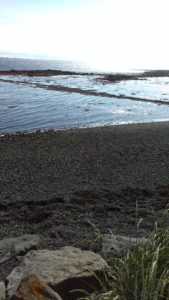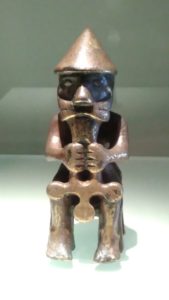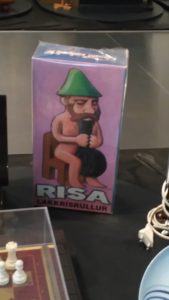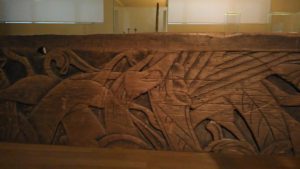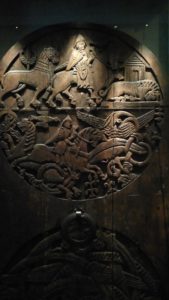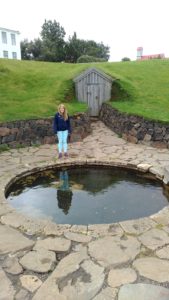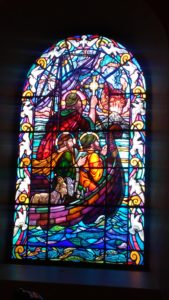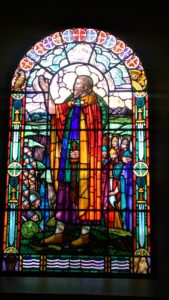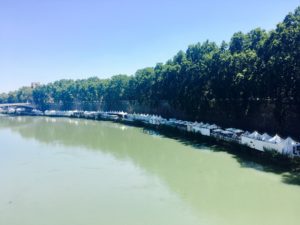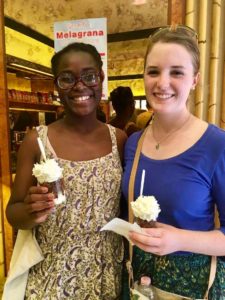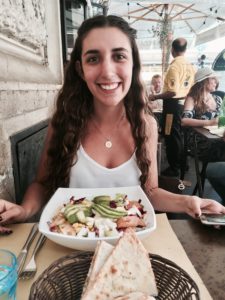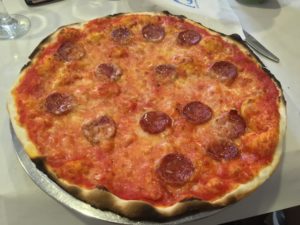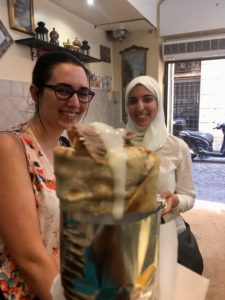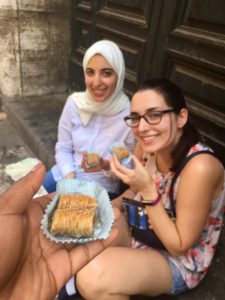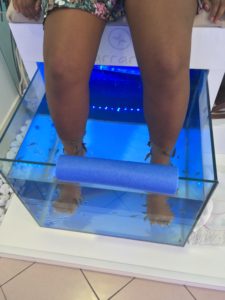This past Saturday, the other students and I piled into a bus to Kylemore Abbey. It took about an hour to get there but I wouldn’t have minded if it were ten hours; the scenery was incredible. There were endless green hills with sheep, cows, and horses. The weather was absolutely beautiful and walking up to the abbey was something I will never forget. I can’t imagine living there and waking up to the view of the lake with the hills behind it. The house itself was gorgeous and told the story of all the people that lived there. It started out as a wedding gift and eventually ended up as a school. One of our instructors at school actually attended secondary school there! There was also a chapel further back in the property where daily mass was said. It was small and simple and beautiful. It featured marble from all the regions in Ireland. On the way back from Kylemore, we stopped in Clifden. We walked around and enjoyed the shops and the sun before heading home. I was so glad to be outside all day on such a nice day.
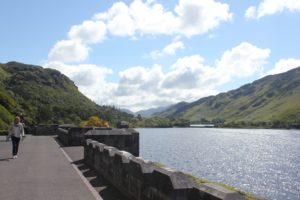
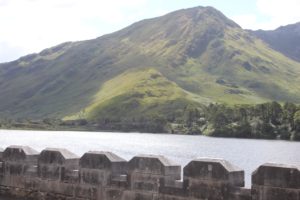
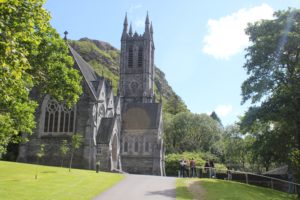
The next morning, a few of us got up to go to Galway city for the day. The uncharacteristically good weather continued and it was sunny all day. Galway is currently having their festival of the arts so there were people and colors everywhere. We visited the Galway Cathedral, which had gorgeous stained glass windows. Poetically enough, the building used to be a prison. After a whirlwind of a first week, it was nice to sit down and reflect on everything that I’ve been lucky enough to do so far on this trip. We walked around for the rest of the day, just getting to know our way around the city. I especially liked the center square; there were tons of different people and families out on the grass enjoying the day. As part of the arts festival, there was a giant castle made of cardboard boxes in the square built by the people in the city. Although we didn’t do anything super touristy, I really enjoyed just getting to know the city. I would definitely come back to Galway and explore more. We came home for our cúpan tae before going to bed after a busy weekend!
We had a new teacher start this week and he has been good at reinforcing our knowledge of sentence structure and grammar, as well as adding new vocabulary. After class on Monday, we had an instructor come in and show us traditional séan nós dancing. It was so difficult! I was stomping around while the instructor’s model student tapped and kicked as gracefully and effortlessly as anything. I’m not too good at it myself but it was lovely to watch and to hear the music.
Tomorrow is our first test so I have to go review for a bit! Wish me luck!!
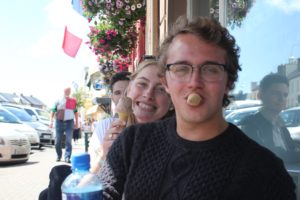
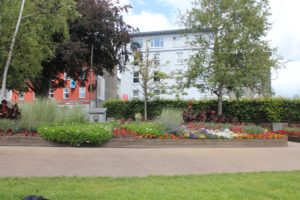
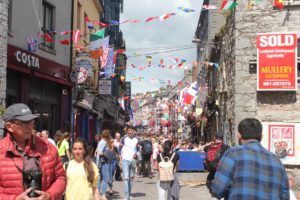
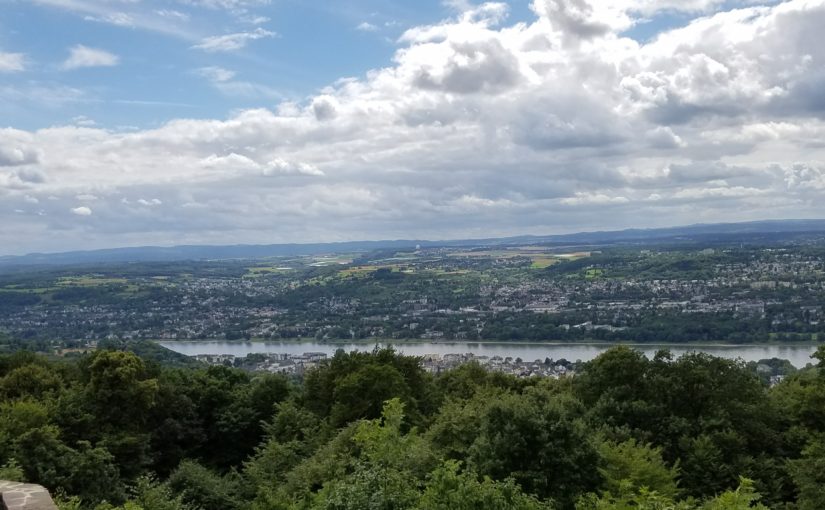
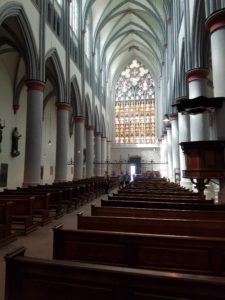
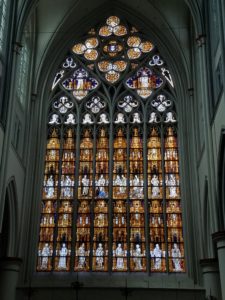

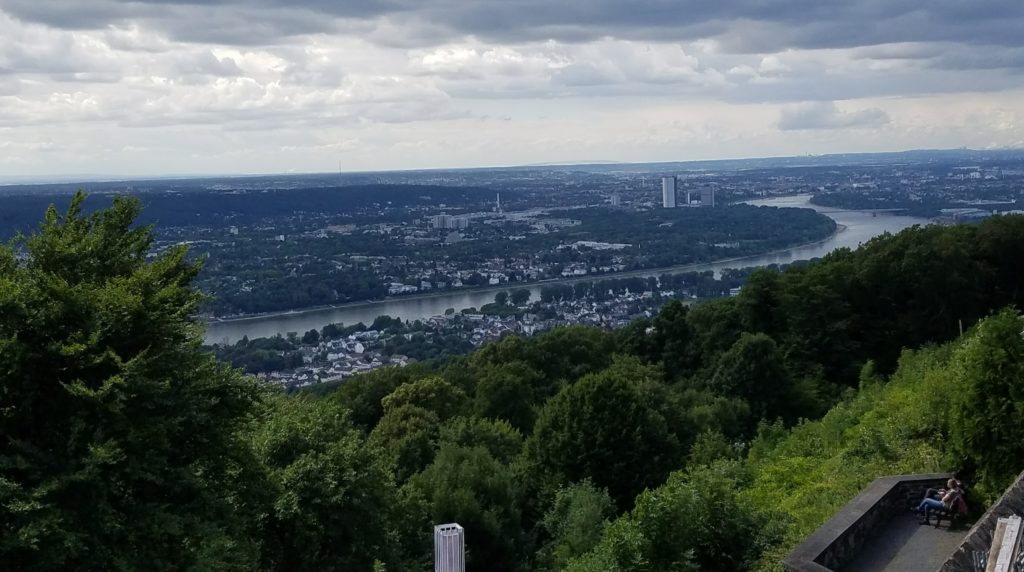
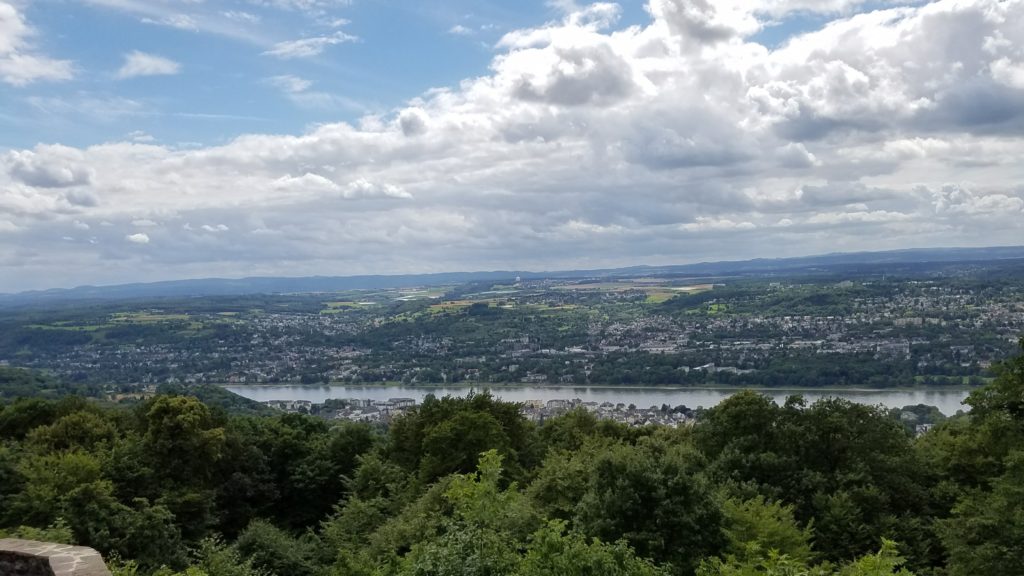
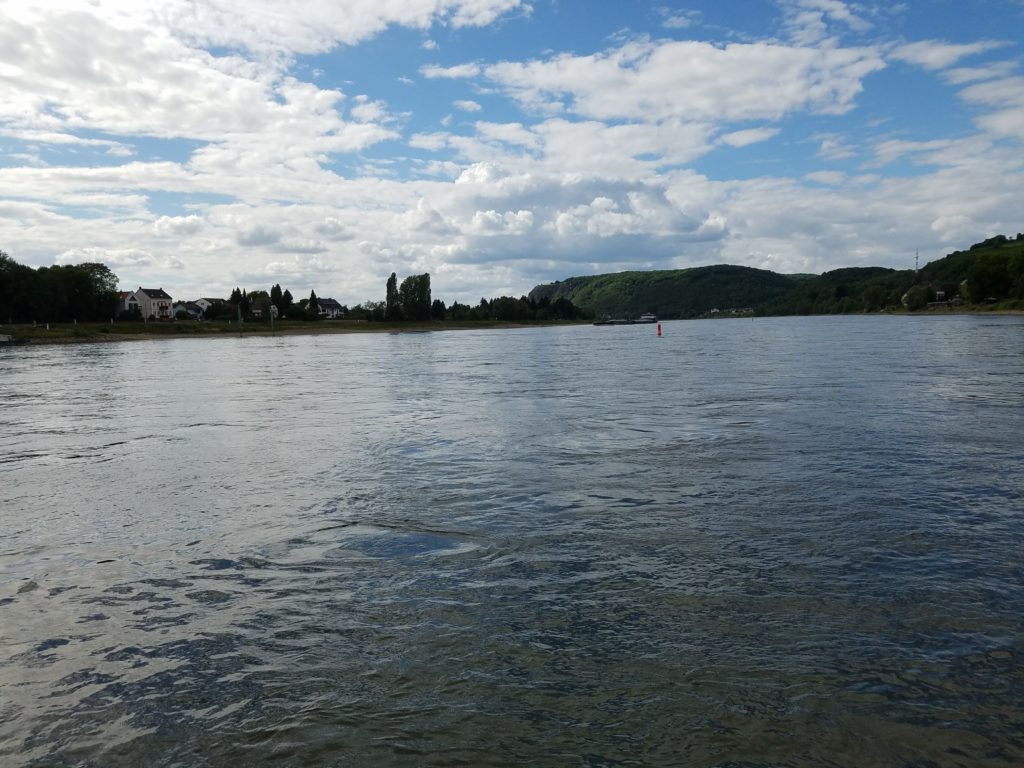
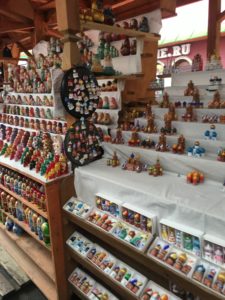







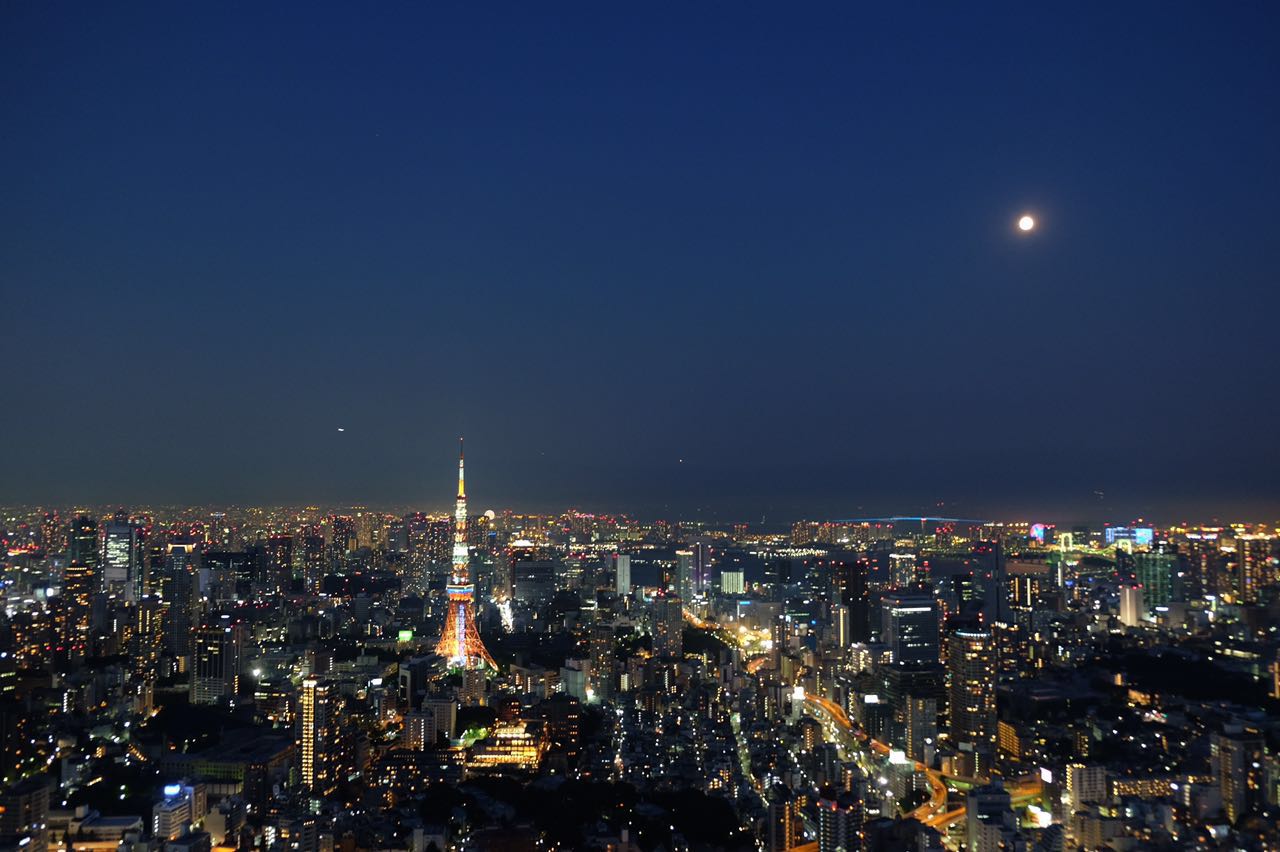
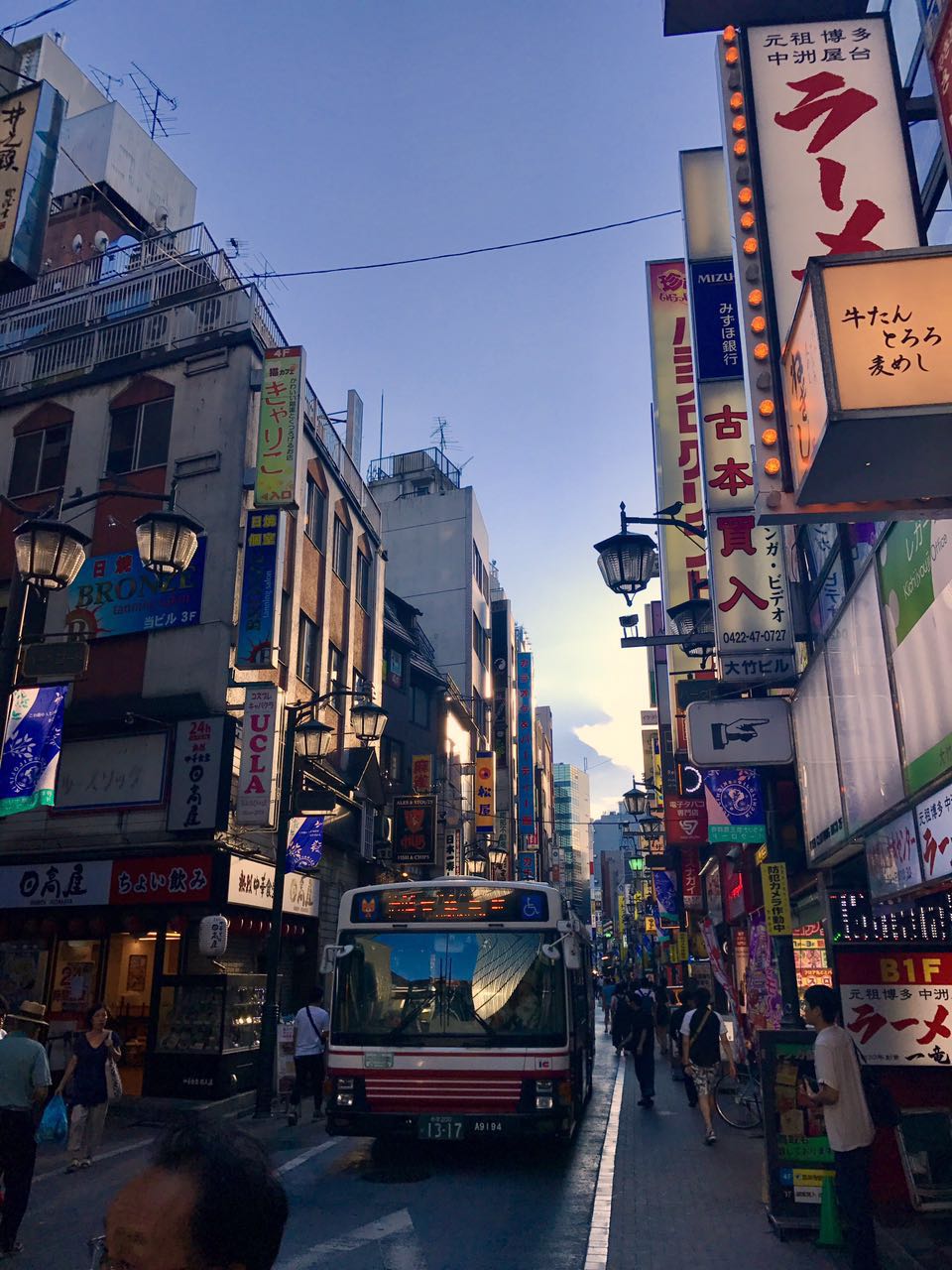
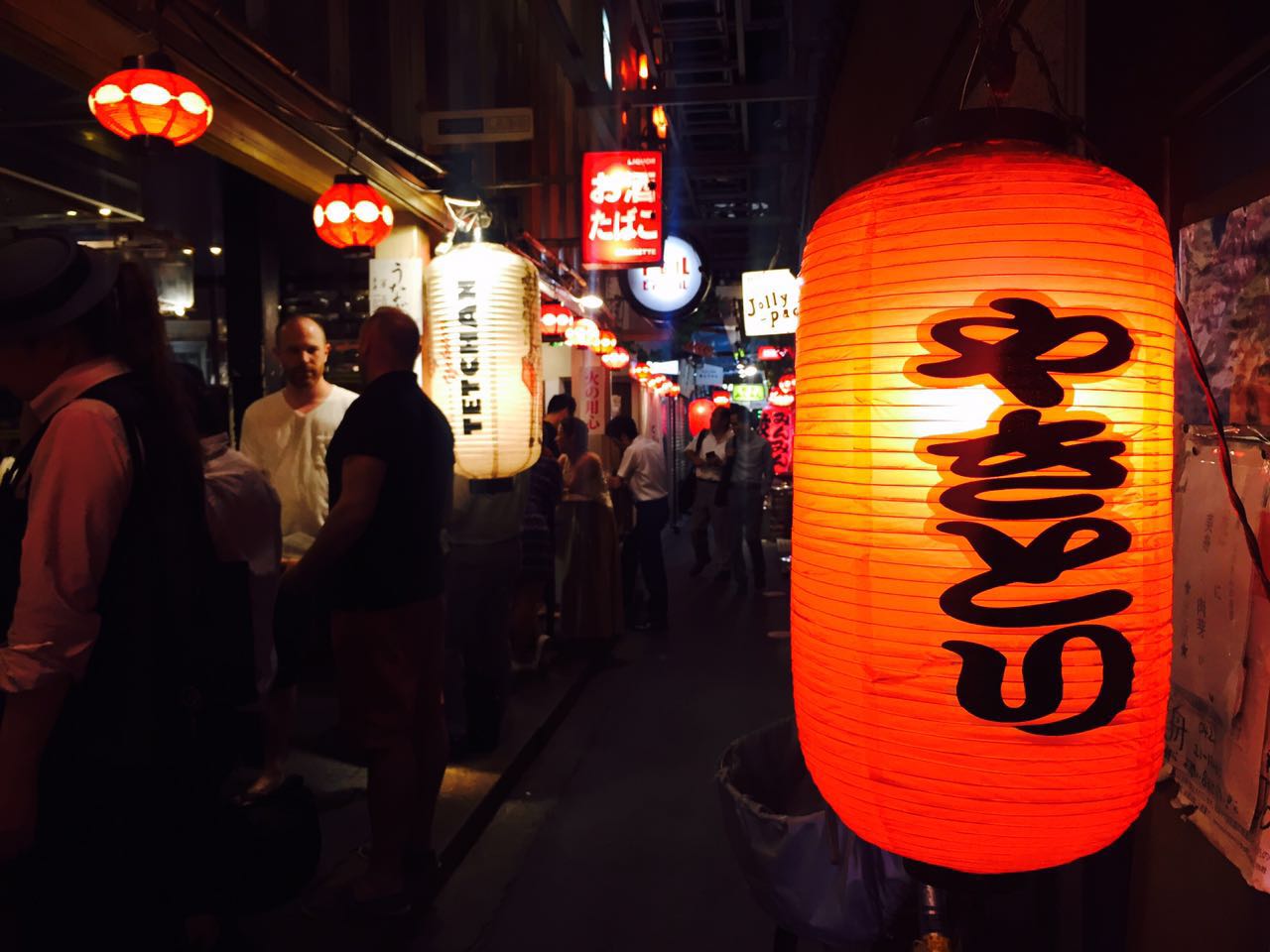
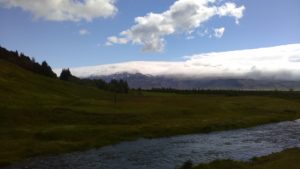 Remember the doomed man thrown by his horse and crying: ‘Beautiful is the hillside, I will not go.’; The old woman confessing: ‘He that I loved the Best, to him I was worst.’
Remember the doomed man thrown by his horse and crying: ‘Beautiful is the hillside, I will not go.’; The old woman confessing: ‘He that I loved the Best, to him I was worst.’ These verses by W.H. Auden reflect the reverberation of Iceland’s medieval literature into modern literary consciousness. The “doomed man” is Gunnar, a character in Njáls Saga, who is sentenced to outlawry and told to leave Iceland or else risk being killed. He is on his way fro his homestead when his horse trips and he looks back on his land, deciding that he cannot leave after all. This decision to stay inevitably results in his death. The “old woman” from the verses is Gudrun, heroine of Laxdæla Saga, who marries four times over the course of her life. Near the end of her life her son asks her which man she loved most, and she gives no name but answers with the cryptic lines quoted above. Students of Old Norse literature have been debating whom she loved most ever since! In fact, at a Old Norse dinner series at Notre Dame last semester, colleagues and I debated this very question!
These verses by W.H. Auden reflect the reverberation of Iceland’s medieval literature into modern literary consciousness. The “doomed man” is Gunnar, a character in Njáls Saga, who is sentenced to outlawry and told to leave Iceland or else risk being killed. He is on his way fro his homestead when his horse trips and he looks back on his land, deciding that he cannot leave after all. This decision to stay inevitably results in his death. The “old woman” from the verses is Gudrun, heroine of Laxdæla Saga, who marries four times over the course of her life. Near the end of her life her son asks her which man she loved most, and she gives no name but answers with the cryptic lines quoted above. Students of Old Norse literature have been debating whom she loved most ever since! In fact, at a Old Norse dinner series at Notre Dame last semester, colleagues and I debated this very question!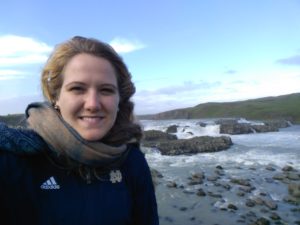
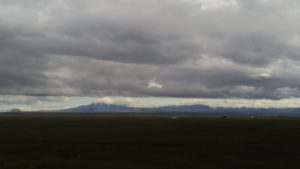
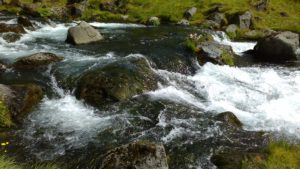 As I am beginning to wrap up my time in Iceland, I’m thinking about how I will continue to study Modern Icelandic when I return to the States. I’m really happy with the progress I’ve made whilst here, and I don’t want to lose momentum. I hope to come back in the not-too-distant future to continue my language study. In the meantime, I’m developing a strategy to keep me from forgetting what I have learned. While it would be quite challenging to find speakers of Icelandic nearby, I am planning on continue my language study by:
As I am beginning to wrap up my time in Iceland, I’m thinking about how I will continue to study Modern Icelandic when I return to the States. I’m really happy with the progress I’ve made whilst here, and I don’t want to lose momentum. I hope to come back in the not-too-distant future to continue my language study. In the meantime, I’m developing a strategy to keep me from forgetting what I have learned. While it would be quite challenging to find speakers of Icelandic nearby, I am planning on continue my language study by: